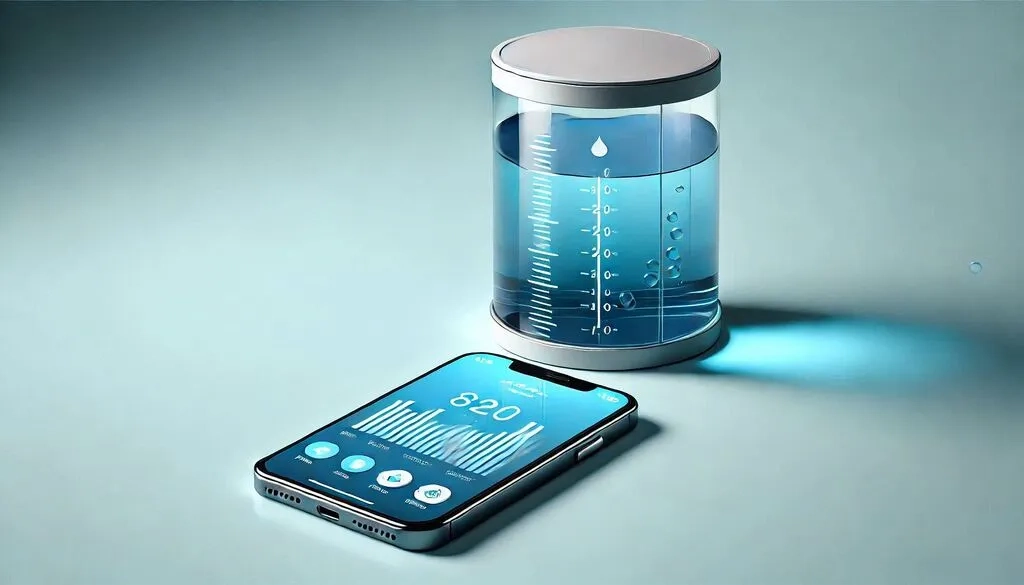
You are probably looking to buy the best water level monitor, and you don't know where to start. In the first step, read our article on the top “Water Level Monitors” in the World in 2024, and then follow this water level monitor guideline.
Water level monitors are critical devices used to measure and track water levels in various settings, such as tanks, reservoirs, wells, and basements. Their primary function is to ensure that water levels remain within safe or operational limits, preventing issues like overflows, flooding, or water shortages. These monitors are used in a wide range of applications, from industrial water management systems to household sump pumps. By providing real-time data and alerts, water level monitors help users maintain control over their water resources, optimize usage, and avoid potential damages or inefficiencies.
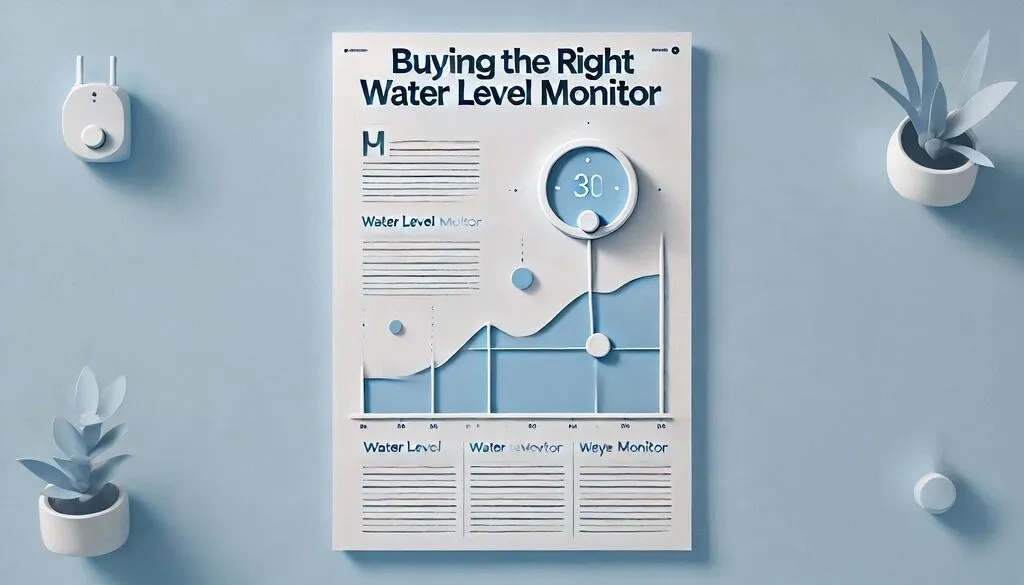
Selecting the right water level monitor is essential for meeting specific requirements and ensuring optimal performance. The wrong monitor could result in inaccurate readings, missed alerts, or even system failure, which could lead to costly damage or downtime. Different environments, such as deep wells, sump pumps, or large reservoirs, require monitors with varying measurement ranges, alarm features, and durability. Additionally, technological considerations like connectivity, integration with other devices, and ease of use are crucial. Choosing a monitor that aligns with your application, environment, and budget ensures you get accurate, reliable performance, and long-term protection for your water management system. This water level monitor guideline provides a comprehensive buying guideline for water level monitors.
1. Key Considerations When Choosing Water Level Monitor
When buying a water level monitor, several factors must be considered to ensure you choose the best option for your needs. Here are detailed key considerations to help you make an informed decision when choosing the right water level monitor:
1.1. Purpose and Application
When selecting a water level monitor, the first step is to clearly define the purpose and application of your desired product. Different environments require tailored monitoring solutions, and selecting the right one ensures optimal performance and reliability.
For tank or reservoir monitoring, you’ll need sensors that can handle large-range measurements and provide real-time data reporting. This allows you to track water levels continuously and prevent overflows or shortages. Devices with advanced features like remote monitoring via apps or computers are ideal for such large-scale applications.

If you’re focused on sump pump or basement flood monitoring, select a monitor like the Proteus Water Level/Sump Monitor. This type of sensor is perfect for areas prone to flooding, as it can alert you instantly when water levels rise unexpectedly, helping you prevent potential water damage in basements or low-lying areas.
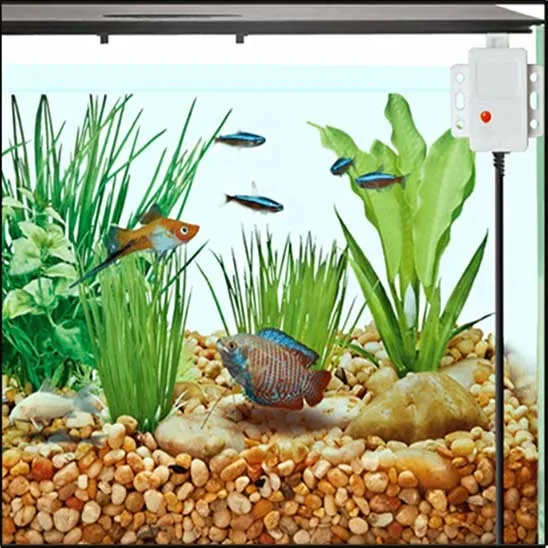
For well or borehole monitoring, which involves deeper water sources, it's essential to choose a device designed for long-range measurements with narrow probes, such as the GLT500A Portable Deep Water Level Meter. These devices are built to measure deeper water levels accurately and are often equipped to withstand harsh environments, making them suitable for wells and boreholes.
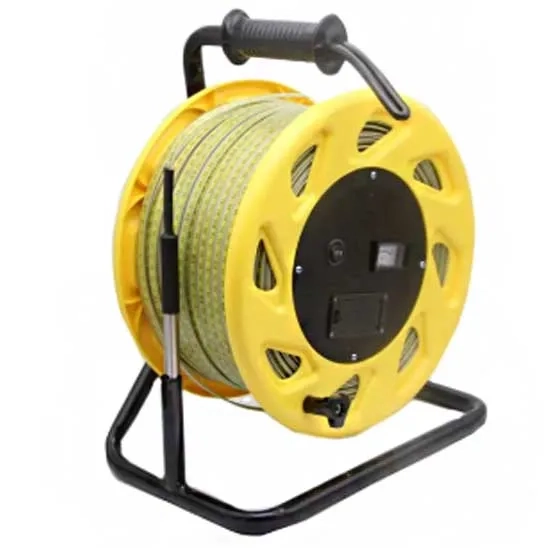
1.2. Technological Integration and Features
The right water level monitor comes equipped with essential technological features that ensure ease of use and enhanced functionality. By focusing on connectivity, alerts, display and interface, and compatibility with other devices, you'll be able to integrate the monitor seamlessly into your system for efficient monitoring and control.
1.2.1. Connectivity and Alerts
In modern water level monitors, connectivity is key for remote access and real-time updates. Water level monitors with Wi-Fi or Bluetooth capabilities allow you to track water levels via your smartphone, tablet, or computer. Additionally, instant alerts through text, email, or app notifications can inform you of critical changes in water levels, preventing damage such as flooding and ensuring timely action.
If you prefer remote monitoring, go for sensors that offer Wi-Fi connectivity and support for smartphones, like the Tuehakny Smart Water Level Sensor. Models like the Proteus L5 and EPTTECH Smart Liquid Level Indicator can send alerts and allow control via apps. Monitors like the Risinglink water level monitor allow you to register more phone numbers and email addresses per device.
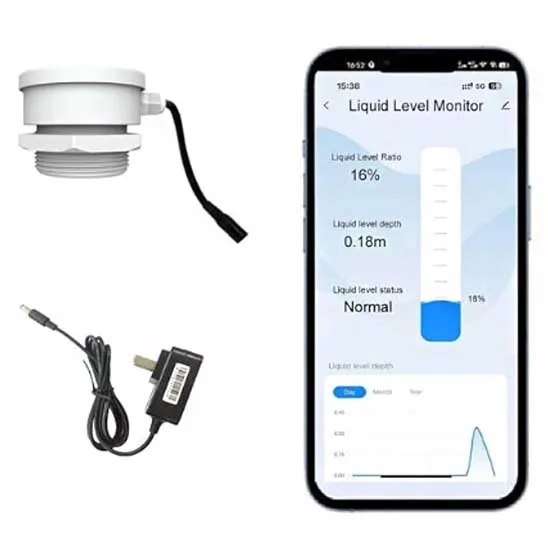
For larger or more industrial applications, products like the 4G IOT Wireless Water Tank Level Indicator offer real-time data transmission over cellular networks, allowing monitoring from far distances using 4G/IoT integration.
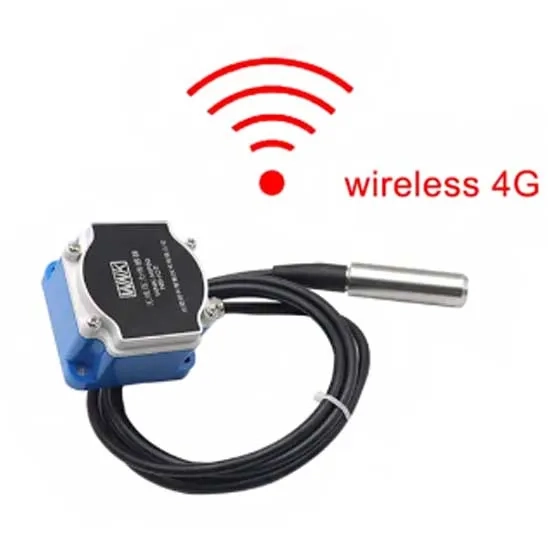
1.2.2. Display and Interface
A clear and intuitive display and interface are essential for monitoring water levels efficiently. Water level monitors with easy-to-read LCD screens or LED indicators that show real-time water level data at a glance lead to more desired products. A user-friendly interface with simple navigation makes it straightforward to configure settings, check history, and customize alerts based on your specific needs.
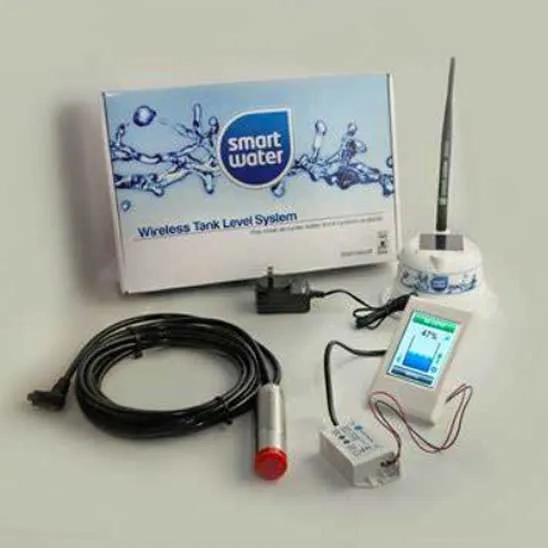
1.2.3. Alarms and Safety Features
Alarms and safety features offer an extra layer of protection, especially in critical applications like flood prevention. Monitors with audible alarms and automatic shutoff mechanisms can immediately alert you to dangerously high or low water levels. Monitors like YoLink LoRa Smart Water Level Detector include SpeakerHub sound or spoken messages. These features can help you prevent costly damage, especially in areas prone to flooding or overflow. For versatile usage, look for sensors with adjustable alarms, like the Shonmau Water Level Sensor and the Risinglink water level detector, where you can set alarm thresholds for both high and low water levels and water levels returning to normal. Check whether the sensor provides notifications via email, text, or app alerts. Devices like the Proteus L5 offer multiple alert methods, including voice calls.
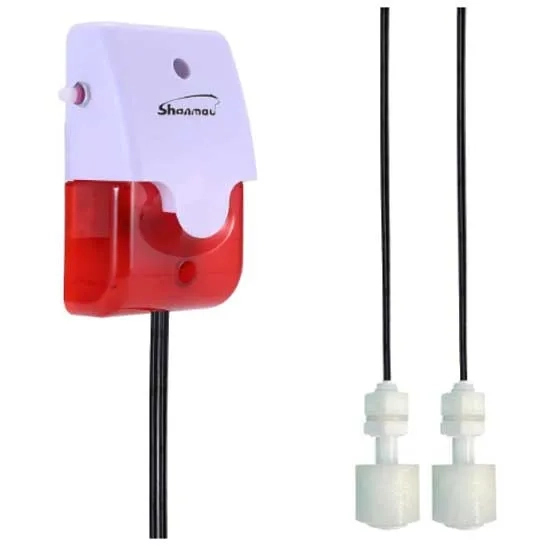
1.2.4. Compatibility with Other Devices
Ensure that the water level monitor you choose is compatible with other devices or systems, such as smart home platforms or automation systems. Compatibility with sensors, servers, and custom applications can provide an integrated monitoring solution, enabling you to control and automate water management tasks efficiently using monitors like the YoLink LoRa Smart Water Level Detector. Monitors like Proteus L5 Wi-Fi Water Level support API calls to access data directly from the server or custom applications.
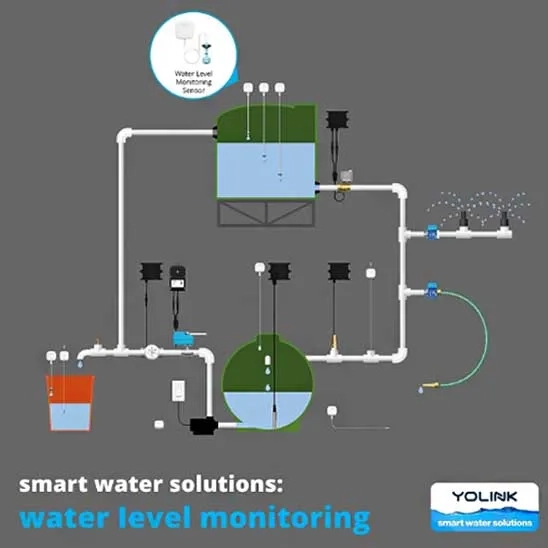
1.3. Cost and Budget
Cost is a significant factor when selecting a water level monitor. Prices can range widely depending on the features, durability, and technological capabilities of the device. Your budget should align with your specific needs, ensuring you get the right balance between cost, features, and long-term reliability.
For budget-conscious buyers, options like the Shonmau Water Level Sensor Detector and Tuehakny Water Leak/Water Level Detector are available at an affordable price of $19.99 and $24.99, offering essential features like wireless connectivity to smartphones and iPads via WiFi and various notifications and alerts. They are excellent choices for basic monitoring needs without sacrificing reliability.
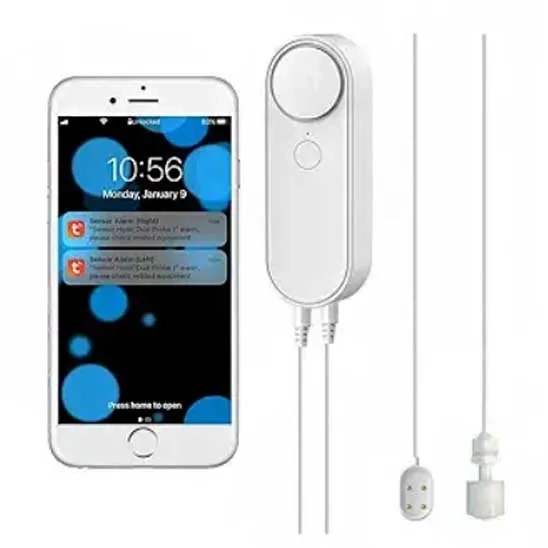
Mid-range options such as the Proteus Water Level/Sump Monitor and the Risinglink Smart Water Level Monitor, priced around $94.99-$99.00, include more advanced features like WiFi connectivity, email alerts, and stainless steel sensors. These are ideal for homeowners or small facility managers who need more comprehensive monitoring without overspending.
For more high-priced water level monitors, products like the PTLevel Wireless Tank Level Monitor priced at $309.49 provide additional functionalities such as remote control, alerts and power settings, tank settings, history charts, and the ability to share with the water delivery company. This is an ideal choice for those who require high levels of facility and durability.
1.4. Customer Service
Customer service is a crucial factor when selecting water level monitoring devices, as it ensures users receive prompt support for installation, troubleshooting, and ongoing maintenance. Many manufacturers offer multiple support channels, including email, phone, and online resources like user manuals and FAQs. Devices such as the Risinglink Float Sensor Water Level Detector and PTLevel Wireless Water Tank Level Meter, EPTTECH Smart TLC2206 WiFi Water, and Tuehakny Smart Water Level Sensor have built a reputation for responsive customer service, helping users during setup and technical issues. Users are satisfied with timely delivery, professional service, excellent packaging, free monitoring service, the responsiveness of the customer support team, and prompt assistance with buyers’ questions or concerns.
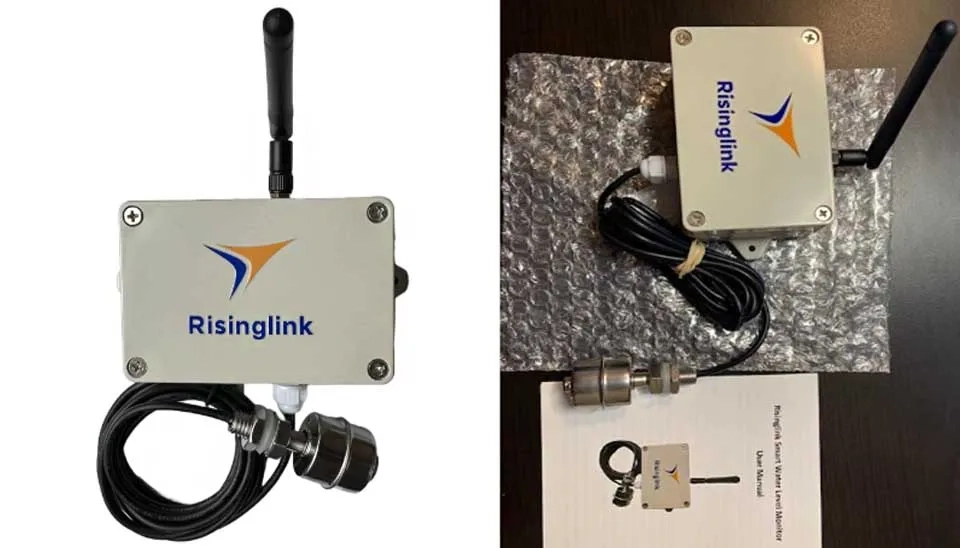
Warranty is another crucial aspect of customer service to consider when purchasing a water level monitor, as it indicates the manufacturer’s confidence in the product's durability and reliability. A solid warranty typically covers defects in materials and workmanship, providing consumers with peace of mind. For instance, the WaterBoss Water Level Monitor offers a generous 5-year warranty, ensuring that buyers are protected against any potential issues during that period. This extensive coverage not only reflects the product's quality but also serves as a safeguard, allowing customers to seek repairs or replacements without incurring additional costs, fostering trust in the brand.
1.5. Materials and Durability
The materials and durability of water level monitoring sensors play a critical role in their long-term performance, especially in harsh or varied environments. Many of these devices, such as the Risinglink Smart Water Level Monitor and WaterBoss Water Level Sensor, use durable materials like stainless steel and non-corrosive polypropylene, making them resistant to rust, wear, and environmental damage. Stainless steel float sensors offer superior reliability compared to plastic alternatives, providing better resistance to corrosion in water tanks, sump pumps, and septic systems. Devices like the YoLink LoRa Water Level Sensor also incorporate stainless steel washers, which provide protection against sidewall damage and help stabilize the sensor against wave action, ensuring more consistent readings in outdoor or dynamic water environments.
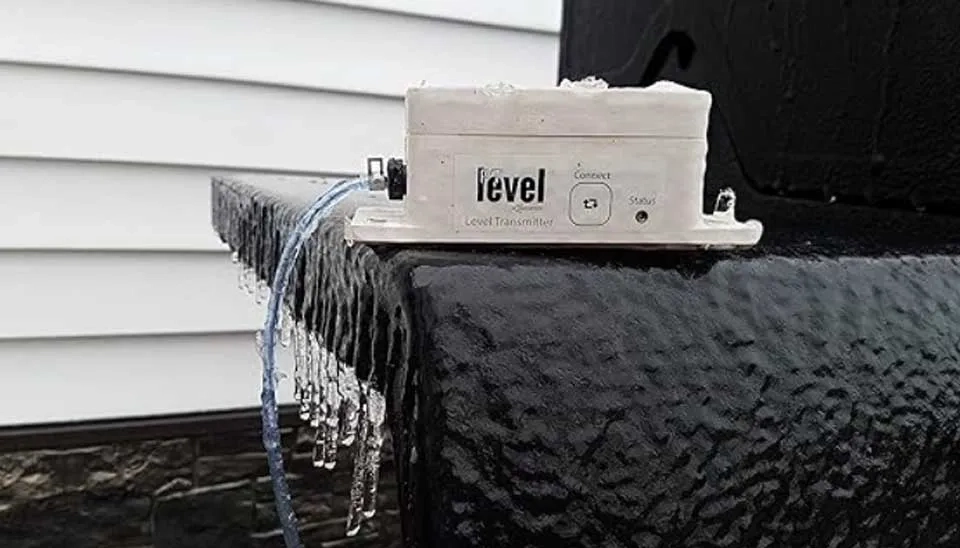
Monitors like Risinglink Stainless Steel Float Sensor Water Level Detector, EPTTECH Smart Liquid Level Indicator, WaterBoss Sump Pump Float Switch, and PTLevel Wireless Water Level Monitor are great for outdoor or even in water use as they are typically waterproof. Waterproofing is a key feature in products that are used in settings such as basements, fish tanks, and chemical reservoirs. These sensors are built to endure prolonged exposure to water, ensuring they remain functional over time without degradation. Some sensors, like the PTLevel Wireless Water Level Monitor, are built to handle extreme temperatures, so if you’re installing in a hot or cold climate, make sure the sensor’s temperature range is suitable.
1.6. Measurement Accuracy and Cable Length
Accuracy of Measurement and cable length are key factors when choosing a water level sensor, as they directly impact performance and suitability for specific applications. The length of the sensor's cable or range capabilities is critical, particularly in deep wells, tanks, or large bodies of water. For instance, many sensors come with varying cable lengths, commonly ranging from 6.5-foot long cable of Risinglink Smart Water Level Monitor to 500 feet of GLT500A Portable Deep Water Level Meter, allowing adaptability based on installation requirements. Devices with longer ranges are suitable for extensive monitoring areas, such as deep wells, ensuring that measurements are accurate regardless of depth.
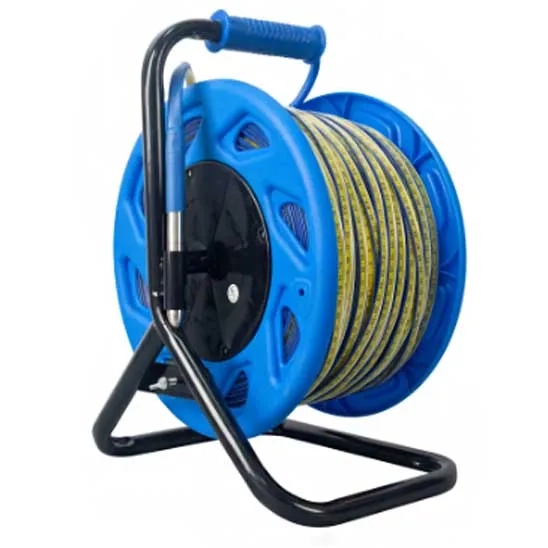
Accuracy of measurement is equally essential for reliable data, as it defines the sensor's ability to detect small changes in water level. Devices like the PTLevel water level monitor and the EPTTECH water tank level meter offer high precision, which is ideal for applications requiring exact monitoring, like flood warning systems or reservoir management.
1.7. Installation Requirements and Maintenance
Installation Requirements for water level monitoring sensors are typically designed to be user-friendly and adaptable to various environments. Many products, such as the Proteus Water Level Monitor and Risinglink Smart Water Level Monitor, feature simple setups that involve connecting to Wi-Fi networks without the need for a hub or gateway. These devices often come with long sensor cables, like the 6.5-foot cable on the Risinglink monitor, providing flexibility in placing the sensor in hard-to-reach areas. Other systems, like the YoLink LoRa Smart Water Level Sensor, require minimal installation effort, with the ability to hang or suspend the float switch directly into tanks or containers. Some products, such as the EPTTECH Smart Liquid Level Indicator, require access to a Wi-Fi network for real-time monitoring, while others like the WaterBoss Sensor, are plug-and-play and can be connected directly to the pump or motor without the need for technical expertise.
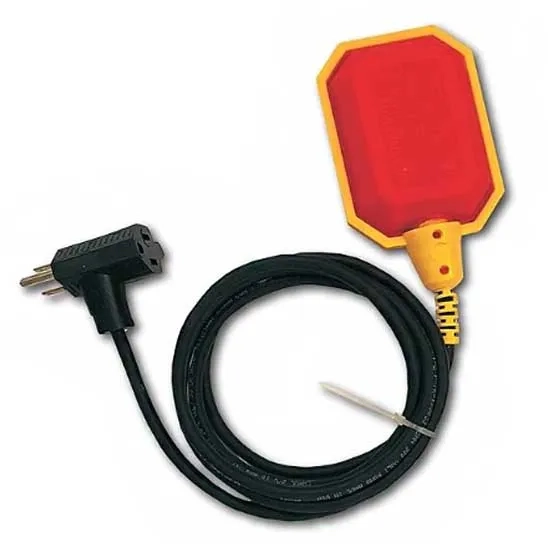
Maintenance of these devices is generally low, but regular checks ensure optimal performance. Battery-operated devices like the Shonmau Water Level Sensor and YoLink LoRa Sensor require periodic battery replacements, though most feature long-lasting power supplies. For example, the Shonmau sensor’s 9V battery can last over a year in standby mode. Some devices are designed to operate in demanding environments, but regular cleaning of the sensor probes and checking for debris in tanks or sumps will prolong the device’s lifespan.
1.8. Power Source
Power source options for water level monitoring sensors vary widely to accommodate different installation environments and energy needs. Many devices, like the YoLink LoRa Smart Water Level Sensor, utilize batteries for power, providing flexibility for remote installations where traditional power sources are unavailable. Similarly, the Shonmau Water Level Sensor is powered by a 9V battery with a standby life of over a year, which is convenient for infrequent maintenance. Battery-powered options are typically designed to be energy-efficient and can withstand extended usage without frequent replacement, making them suitable for places without access to direct power sources.
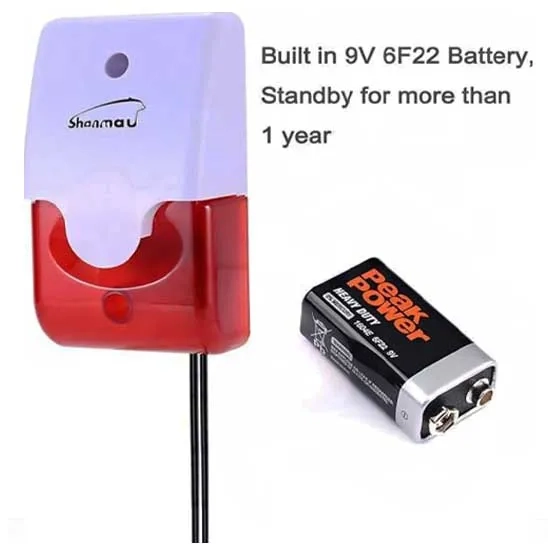
For installations where constant power is required, AC-powered options like the Proteus Water Level Monitor can be plugged directly into an outlet, with no need for batteries to replace and ensuring a steady power supply. These devices are ideal for high-frequency monitoring or areas where uninterrupted operation is critical, such as in sump pits or industrial tanks.
1.9. Product Ranking
In the highly competitive online shopping space, especially on platforms like Amazon, the ranking of products plays a crucial role in helping consumers identify high-quality items from a vast array of options. Traditional rankings often rely solely on customer reviews or raw rating scores, which can be skewed if a product has too few reviews or receives an unusual number of high or low ratings. To address this limitation, we implement a Bayesian ranking system. Bayesian ranking considers both the average rating and the total number of reviews, effectively balancing popularity and rating reliability. This method provides a more nuanced and reliable ranking, especially for products with fewer reviews, preventing newer or less-rated items from being overshadowed by older, high-rated ones with extensive reviews.
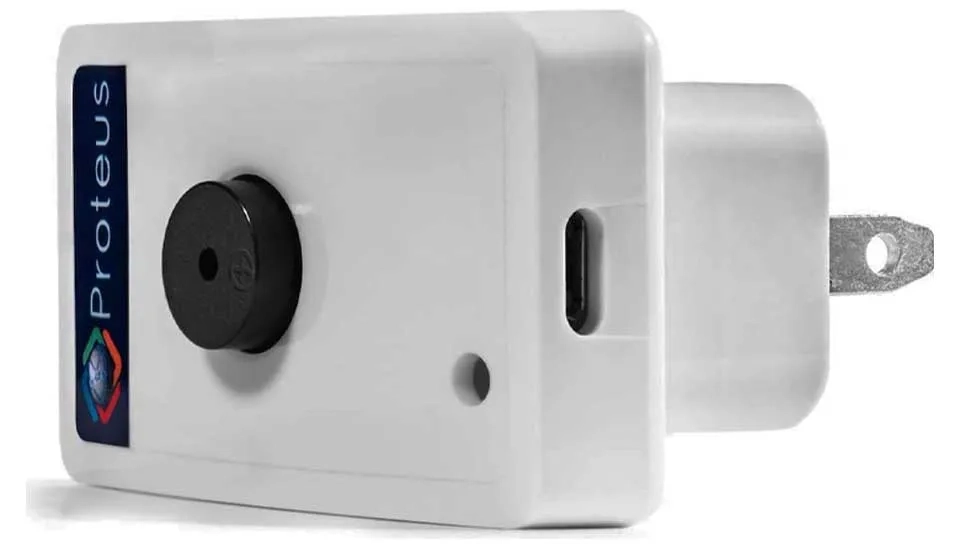
To facilitate your work in comparing water level monitorings, we have provided a complete table of product comparisons as well as their ranking based on Bayesian ranking. In the table of water level meters, the Proteus Water Level/Sump Monitor Sensor has the highest Bayesian rank due to a strong balance between high ratings (4.3) and an impressive number of reviews (518). Products like the Shonmau High/Low Water Level Detector and WaterBoss Water Level Sensor also maintain high positions, reflecting both solid ratings and significant review counts. Bayesian Ranking thus offers a fairer approach, ensuring customers see the best options based on a combination of trustworthiness and popularity. This ultimately enhances the shopping experience by spotlighting products that consistently perform well across both dimensions.
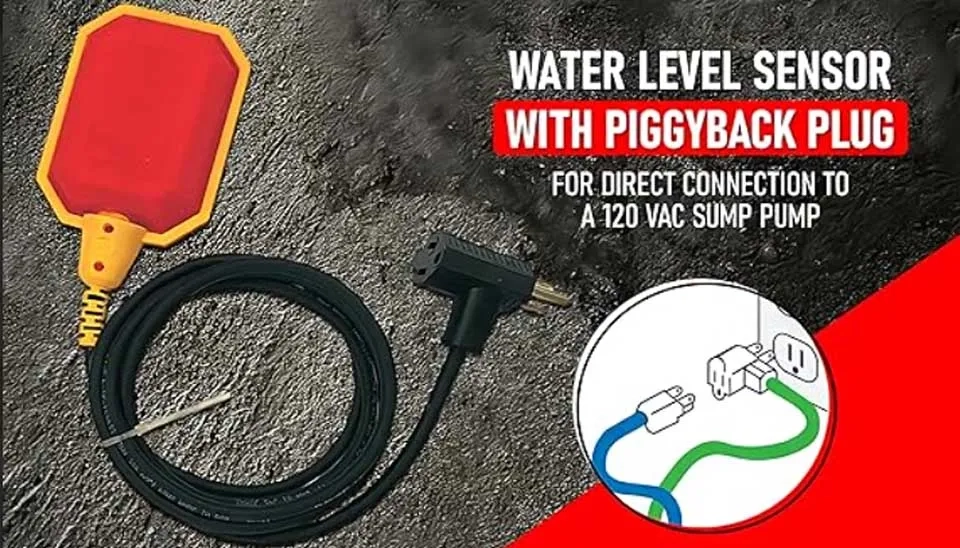
2. Comparing Different Types of Water Level Monitor
Different types of water level monitors can be divided into four categories based on their mechanisms and performances, ranging from smart and automated monitors to battery and LoRa-based indicators, which cover all buyers’ needs in continuously monitoring water levels.
2.1. Smart Wi-Fi Water Level Sensors
Smart Wi-Fi Water Level Sensors are ideal for homeowners looking to remotely monitor water levels through smartphone apps, which make it easy to receive real-time alerts. Options like the Proteus Water Level/Sump Monitor Sensor provide reliable monitoring for sump pumps, tanks, and basements with email, text, and voice alerts and require no hub. The Risinglink Smart Water Level Monitor is outdoor-compatible and Wi-Fi-enabled, sending notifications for water levels and low battery. Another good option is the EPTTECH Smart Liquid Level Indicator, designed for both water and oil tanks with app support for monitoring multiple sensors.
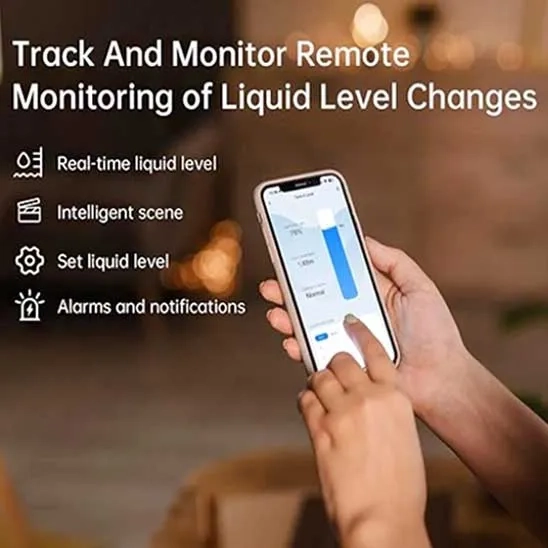
2.2. Battery-Powered Standalone Water Level Sensors
Battery-powered standalone water level sensors offer flexibility and functionality, which are suitable for remote locations without power outlets. The Shonmau Water Level Sensor Detector comes with an adjustable 120 dB alarm to alert for water shortages and overflow, while the Tuehakny Smart 2-in-1 Water Level Detector offers dual probes for both water level and leak detection, along with adjustable volume and app alerts. For versatile indoor and outdoor monitoring, the Risinglink Smart Water Level Monitor runs on AAA batteries and provides reliable notifications.

2.3. LoRa-Based Wireless Water Level Sensors
LoRa (Long Range)-based water level sensors ensure strong and wide-ranging connectivity for large properties or applications needing extended range. The YoLink LoRa Smart Water Level Sensor is an ideal option, with compatibility with the YoLink Hub, allowing for efficient remote monitoring over longer distances. This makes it perfect for expansive setups or locations where typical Wi-Fi or Bluetooth might not reach.
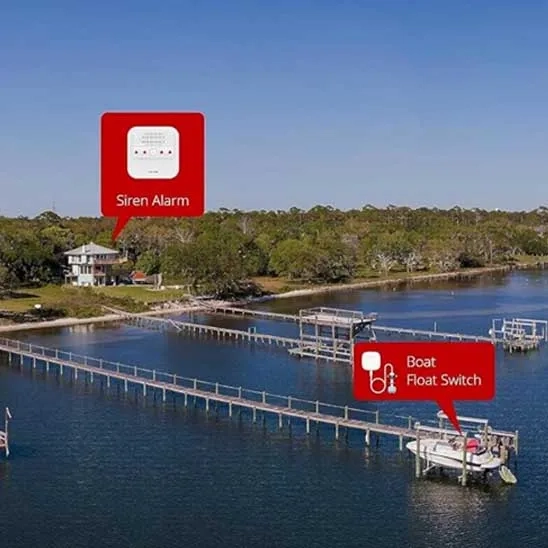
2.4. Automatic Pump Control and High/Low Water Level Detectors
These sensors activate or deactivate pumps based on predefined water levels, preventing overflow or dryness, which are suited for automatic water level management in pump systems, sump pits, and tanks. The WaterBoss Water Level Sensor is a reliable choice for managing sump and sewage tank levels, supporting motors up to ½ horsepower, and offering dependable automation for residential or small commercial use. Another versatile option is the Shonmau High/Low Water Level Detector, which includes an adjustable, loud 120 dB alarm to notify users of high or low water levels. With its simplicity and high-performance alert system, this detector is ideal for keeping water levels within safe ranges in various tank or sump applications.
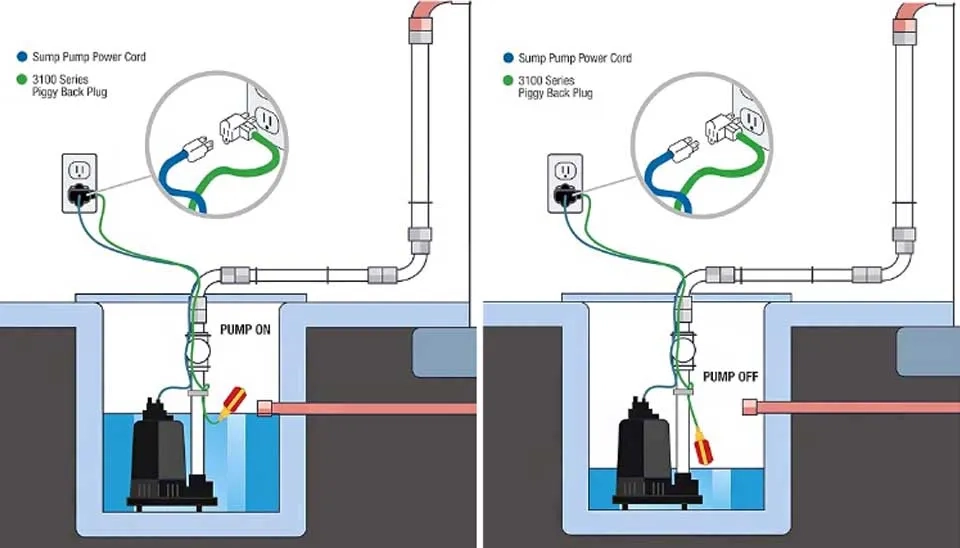
2.5. Industrial Wireless Tank Monitors
These kinds of water level monitors, designed for larger or commercial tanks and reservoirs, offer robust and long-term monitoring solutions. The PTLevel Wireless Tank Level Monitor is well-suited for wells, cisterns, and chemical tanks even in extreme temperature conditions, allowing for remote access to data and high reliability. It’s a dependable choice for industrial or high-capacity applications that require frequent and accurate level readings over time.
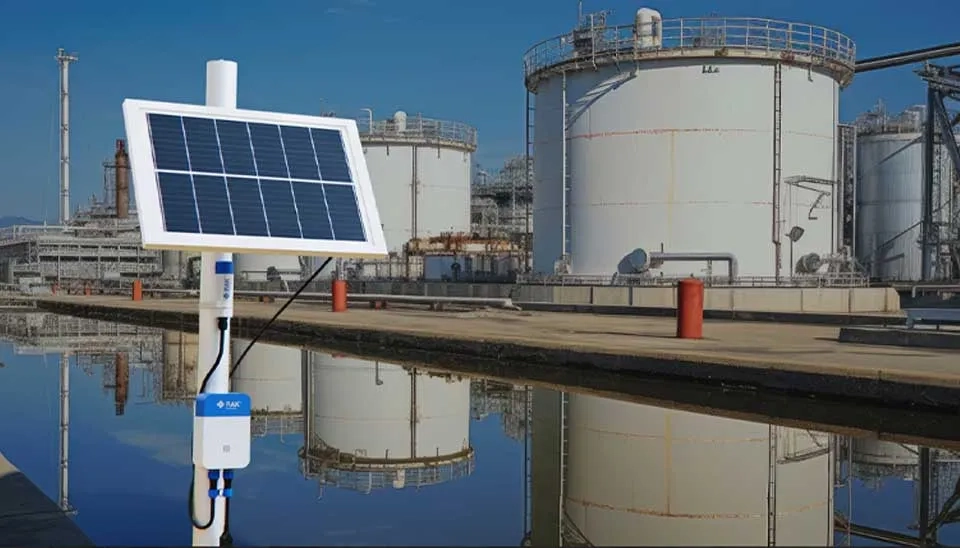
3. Assessing Your Specific Needs Before Purchase
Before purchasing the right water level monitor, it's essential to assess your specific needs to choose a device that meets your requirements effectively. This involves calculating measurement needs, evaluating compatibility with your existing system, and establishing a realistic budget. Following these steps ensures an informed purchase that aligns with your usage goals.
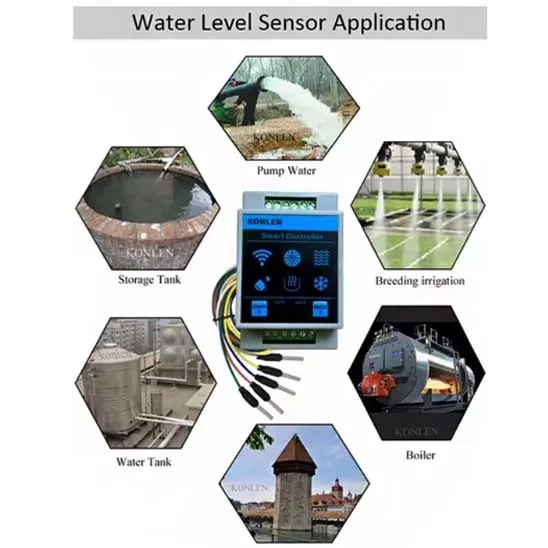
3.1. Calculate Your Requirements
When selecting a water level monitor, begin by clearly defining its intended purpose, whether for home, industrial, or environmental applications, as this will impact feature requirements. Technological integration is key; consider models with connectivity options like Wi-Fi or Bluetooth for remote access and real-time alerts. User-friendly displays, customizable alarms, and compatibility with other devices enhance functionality, making monitoring easier and more responsive. Assess the monitor’s construction and durability to ensure it withstands environmental conditions, such as high-temperature conditions or water exposure. Measurement accuracy is also crucial, particularly for precise applications, so choose a model with appropriate accuracy and cable length for your setup. Evaluate installation requirements and ease of maintenance. Some water level monitors may require professional setup and regular maintenance. Moreover, customer service such as warranty can provide long-term support for replacement and troubleshooting needs. Select a power source that suits the installation environment; battery-operated models may provide and offer convenience, while hardwired options are more suitable for remote areas. By assessing these factors and considerations in relation to your specific requirements and needs, you will ensure that you select a reliable water level monitor that provides effective and long-term performance.
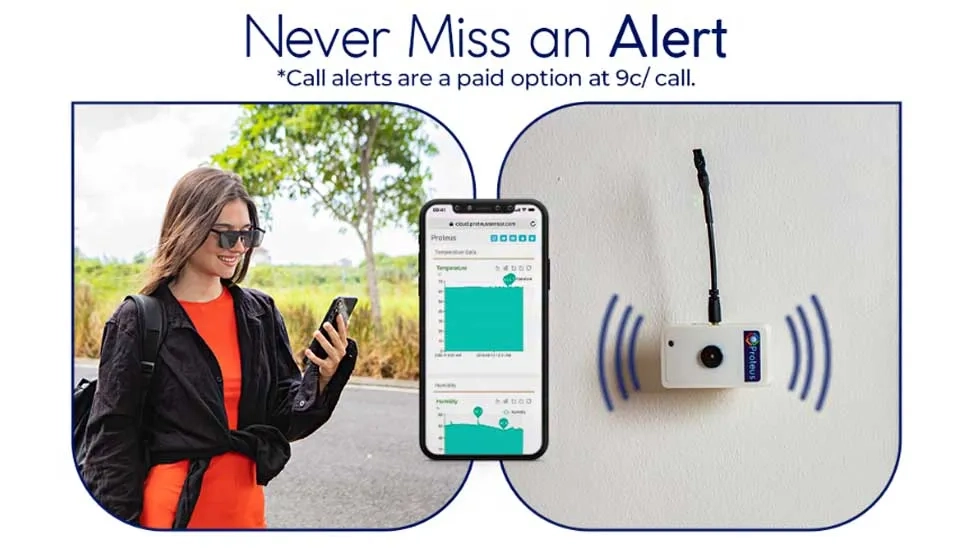
3.2. Evaluate the Existing System
To evaluate existing water level monitors, start by examining current features such as power sources, compatibility with other devices, and placement. Consideration of power requirements, battery-operated or hardwired, is essential in determining whether the current system supports the chosen water level monitor without needing major adjustments. Product rankings also guide selection within the budget, with Bayesian ranking systems offering a balanced view by weighing both product ratings and review volume to highlight reliable options. Evaluate attributes such as item size, weight, and brand reputation to ensure the new monitor integrates well with the current setup. For instance, wireless models like the PTLevel Wireless Tank Level Monitor or battery-operated options like the Shonmau Water Level Sensor offer flexibility for installations where direct power is limited. Features like smartphone compatibility and alert systems should align with user needs and the ability of the current system to support these upgrades. Additionally, understanding the product dimensions, weight, and origin can assist in planning for installation constraints and ensuring device compatibility within the intended environment. This thorough evaluation ensures the new monitor meets current needs without overwhelming the infrastructure or requiring extensive modifications. Additionally, understanding the product dimensions, weight, and origin can assist in planning for installation constraints and ensuring device compatibility within the intended environment. This thorough evaluation ensures the new monitor meets current needs without overwhelming the infrastructure or requiring extensive modifications.
3.3. Set Your Budget
Setting a budget is essential for selecting a water level monitor, as prices can vary widely based on features and brand. Prices range from economical models like the Shonmau Water Level Sensor Detector ($19.99) and the Tuehakny WiFi Water Leak/Water Level 2-in-1 Detector ($24.99) to higher-end options like the PTLevel Wireless Tank Level Monitor ($309.49). Establishing a clear budget should include not only the initial product cost but also installation, potential maintenance, and battery replacement fees if the device isn’t directly powered. For example, products like the WaterBoss Water Level Sensor ($31.99) and YoLink LoRa Smart Water Level Monitoring Sensor ($34.99) offer mid-range pricing with reliability and reasonable installation costs, while advanced models like the Proteus Water Level/Sump Monitor Sensor ($99.00) provide more robust monitoring capabilities and may require additional installation resources. Buyers should balance upfront investment with long-term benefits, such as connectivity features, smartphone compatibility, and durability, to ensure the monitor provides value over time. By aligning product choices with budget limits and infrastructure needs, users can make an informed selection that meets functional and financial expectations.
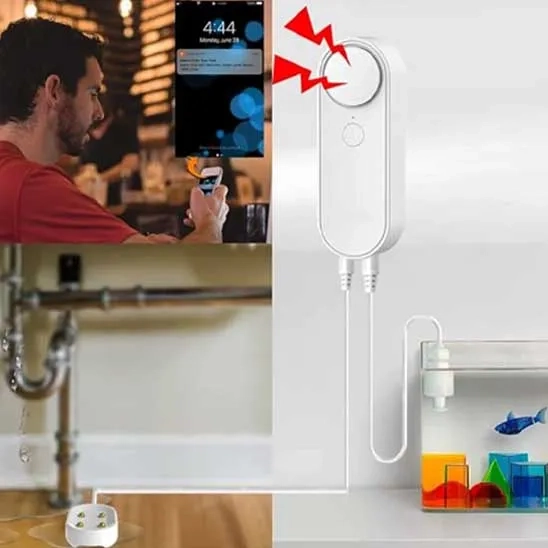
4. Mistakes to Avoid When Choosing Water Level Monitor
When choosing a water level monitor, one of the most common mistakes is ignoring how notifications are delivered. Many models only send alerts via email, which can be ineffective for quick response needs such as water leaks or flooding events where time is critical. Monitors with app-based or SMS alerts are often preferable because they provide instant notifications directly to a smartphone, enabling users to take immediate action. Relying solely on email could mean delayed response times, increasing the risk of water damage. Additionally, it’s essential to assess the monitor's ability to maintain connectivity, especially for WiFi-based models. Many users report frequent disconnections if the monitor is too far from the router, especially in basement or underground setups. For locations prone to connectivity issues, monitors using LoRa, cellular, or direct-to-device communication may offer more reliability than standard Wi-Fi models.
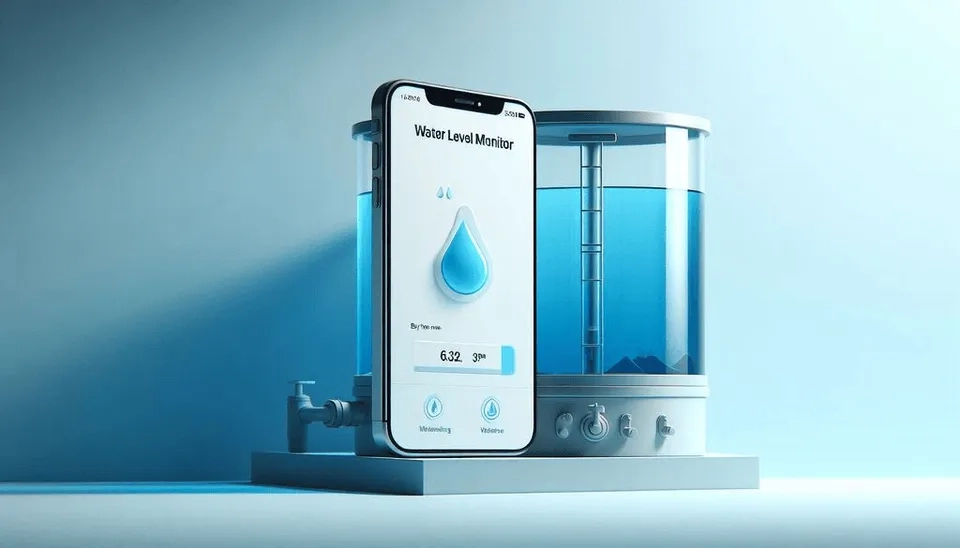
Quality and durability are also critical factors to consider, as many water level monitors are prone to wear, sensor failures, and wiring issues. Users frequently cite experiences with sensors that rust quickly, wiring that isn’t properly shielded, and fragile plastic components that break easily. These issues impact the monitor’s lifespan and lead to inaccurate readings or a complete device failure. For example, some users have reported sensors that failed in a few months or even sooner, leading to gaps in monitoring and costly replacements. To avoid these pitfalls, seek out monitors with solid construction materials, robust weatherproofing (especially if installed outdoors), and clear quality certifications. Additionally, reliable customer support is crucial; users often express frustration when brands are unresponsive or unhelpful in resolving issues. Choose brands with a good reputation for support, as this can make a significant difference if troubleshooting or replacement parts are needed.
5. Checklist for Choosing the Best Water Level Monitor
Download Water Level Monitor Buying Guideline Checklist
Have you defined your primary purpose and application? (e.g., tank or reservoir monitoring, well or borehole monitoring, sump pump or basement flood monitoring, etc.)
Does the monitor offer the technological features you need? Consider connectivity, such as Wi-Fi or Bluetooth capabilities and integration with smart home systems, smartphones, tablets, or computers.
Have you checked for reliable connectivity and timely alerts? (e.g., SMS, email, or app notifications for water level changes and flooding)
Is the display and interface user-friendly and simple to interpret? (e.g., LCD screens or LED indicators that show real-time water level)
Does the product include essential alarms and safety features? (like adjustable alarms for both high and low water levels or overflow alerts)
Does the cost align with your budget while meeting feature requirements and keeping the right balance between cost, features, and long-term reliability?
Have you researched the customer service and support options? (e.g., warranty, professional service, return policy, timely delivery, excellent packaging, free monitoring service and responsiveness)
Are the materials durable and suitable for your environment? (Consider water resistance and extreme temperatures, as well as durable materials like stainless steel and non-corrosive polypropylene, etc.)
Have you verified measurement accuracy and checked if the cable length meets your needs (ranging from 6.5 feet to 500 feet long cable)?
Are installation requirements compatible with your setup, and do you understand ongoing maintenance needs?
Have you selected the right power source for your location? (e.g., battery numbers and type, or wired options like corded electric)
Have you checked product rankings and reviews to ensure reliability? (e.g., Bayesian Rank, reviews, comments, etc.)
6. Where to Buy Water Level Monitor
Several trusted retailers and suppliers offer a wide range of products to suit various needs when purchasing reliable water level monitors. Amazon is a popular choice, providing an extensive selection of water level monitors with detailed customer reviews, ratings, and comparisons. This makes it simple for buyers to assess each product's performance and quality based on real user feedback. Amazon’s platform also offers a secure purchasing process, rapid shipping, and excellent customer service, making it one of the most convenient and reliable options.
For bulk orders or competitive pricing, Alibaba is another trusted platform. particularly for businesses seeking wholesale purchases or direct-from-manufacturer options. Alibaba’s product variety, supplier network, and competitive pricing make it a preferred choice for large-volume purchases, especially when seeking customization options. These two platforms are highly recommended, ensuring you have access to quality products, customer feedback, and secure transactions when selecting a water level monitor.
7. Conclusion
This comprehensive buying guide of water level monitors has provided a thorough overview of key considerations for choosing the right water level monitor, helping buyers understand their specific needs and match them with the most suitable type of device. Whether for residential water tanks, well or borehole monitoring, or industrial applications, selecting the appropriate water level monitor involves evaluating features and factors like power source, accuracy requirements, and integration with other devices. This guide covered various types and leading options, such as the Proteus Water Level Monitor, WaterBoss Water Level Sensor, Shonmau High/Low Water Level Detector, and PTLevel Wireless Monitor, which offer excellent combinations of features, style, and affordability, making them ideal for a wide range of users. Each type has unique benefits, making it ideal for different uses. Some water level monitors offer smartphone connectivity, data logging, and alarms, while others prioritize durability in challenging environments. With this comprehensive buying guide of water level monitors, users can select a device that not only meets current water level monitoring needs but also adapts to future requirements, ensuring efficient water management and potentially saving on maintenance and operational costs.
